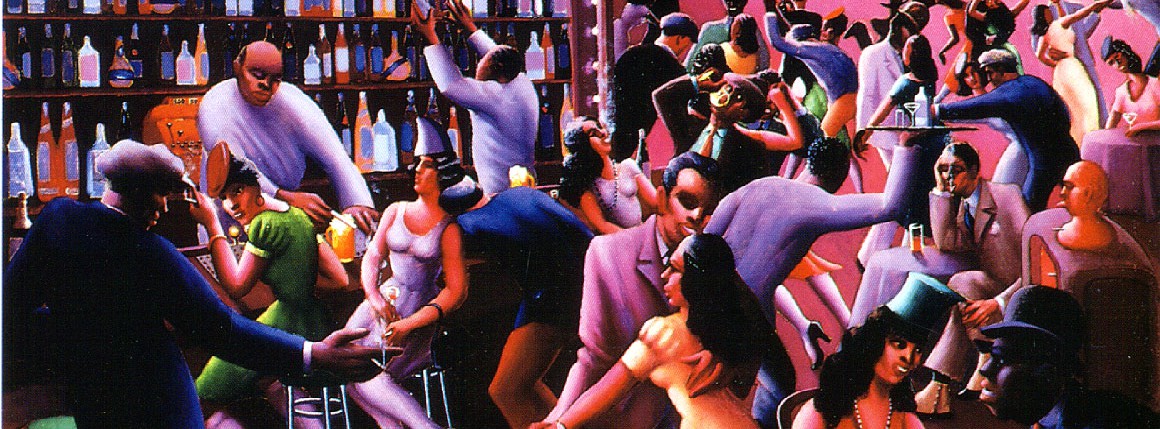Many participants of the Harlem Renaissance valued art for its service to civil rights, whereas others believed that artistic freedom was the most important civil right. The different dances performed in Harlem during a period of intellectual fervor helped influence African-American writers who were trying to capture the lives of citizens in rural areas and inner cities. Dances originated by black people permeated established forms and influenced the emerging repertoire of jazz dance and dance in both theater and film. New dances were created out of the cultural mixings of African Americans from the North and South. As a result of this, racial agency, appropriation of cultural dances, and the commodification of black stereotypes became a growing social and political issue.
The Harlem Renaissance opened a window for the African American dance heritage, which originated from cultures of many different African groups. During the time of slavery, African Americans had not only been enslaved personally but also culturally because of how Ethnic groups, clans, and families were often broken up, and as a result, African dances specific to these families disappeared and were transformed in the new world.
